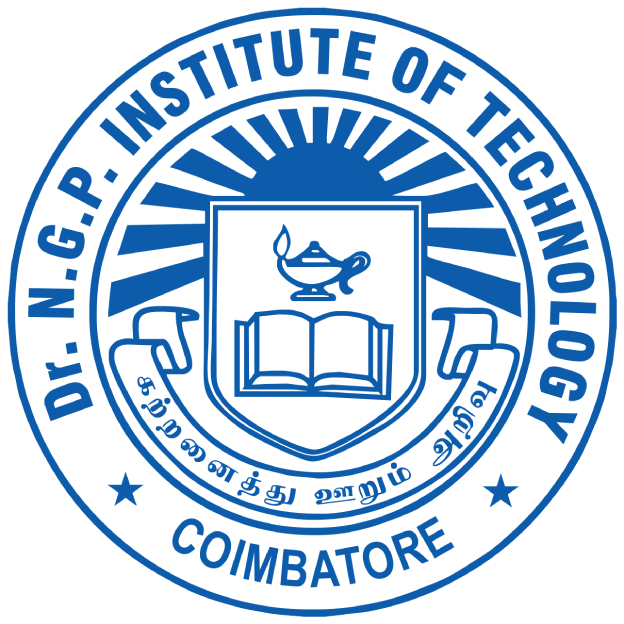
Difference between Deep Learning and Machine Learning
Understanding the latest advancements in artificial intelligence (AI) can seem overwhelming, but if it’s learning the basics that you’re interested in, you can boil many AI innovations down to two concepts: machine learning and deep learning.
Examples of machine learning and deep learning are everywhere. It’s what makes self-driving cars a reality, how Netflix knows which show you’ll want to watch next, and how Facebook recognizes whose face is in a photo. Machine learning and deep learning often seem like interchangeable buzzwords, but there are differences between them. So, what exactly are these two concepts that dominate conversations about AI, and how are they different? Read on to find out.
What is machine learning? Machine learning definition: An application of artificial intelligence that includes algorithms that parse data, learn from that data, and then apply what they’ve learned to make informed decisions.
What is deep learning? Deep learning definition: A subfield of machine learning that structures algorithms in layers to create an “artificial neural network” that can learn and make intelligent decisions on its own.

The key differences between machine learning and deep learning are:
- Machine learning uses algorithms to parse data, learn from that data, and make informed decisions based on what it has learned.
- Deep learning structures algorithms in layers to create an “artificial neural network” that can learn and make intelligent decisions on its own.
- Deep learning is a subset of machine learning. While both fall under the broad category of artificial intelligence, deep learning is what powers the most human-like AI.

